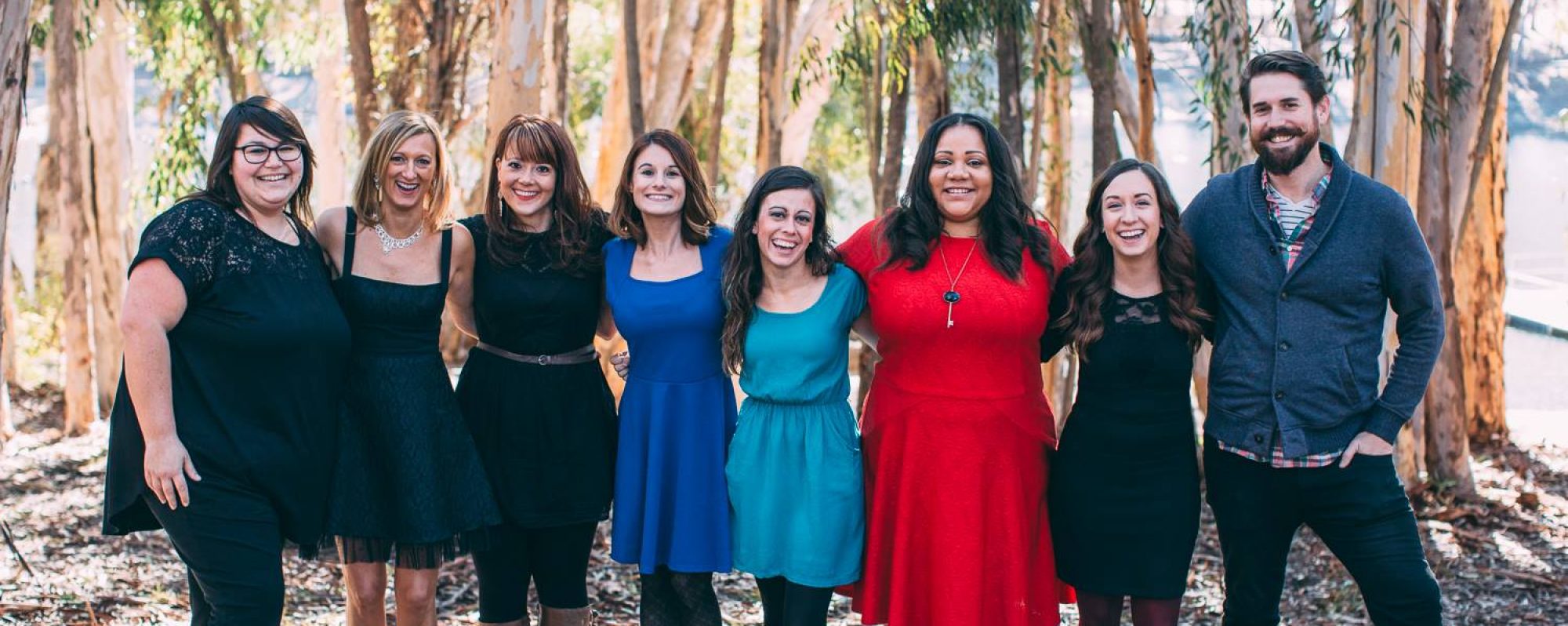In symposium last week, we discussed visual thinkers and chapter one of “Thinking in Pictures” by Temple Grandin. For those who are not familiar, Dr. Temple Grandin has her Ph.D in animal science, designs livestock handling facilities across the US and other countries, is a professor, and has autism. Grandin is a visual thinker, and she describes her thinking process as this: “Words are like a second language to me. I translate both spoken and written words into full-color movies, complete with sound, which run like a VCR tape in my head. When somebody speaks to me, his words are instantly translated into pictures.” Pretty cool, right? In fact, many people with autism are visual thinkers and are able to think in photographically specific images. Eric Courchesne of University of California in San Diego noted that, in people with autism, “the only parts of the brain that are normal are the visual cortex and the areas in the rear of the brain that store memories,” which may explain the significance of specific images in learning and thinking.
So, what does this mean when providing clients with autism music therapy services? First and foremost, try to identify the way your client thinks; in her book, Grandin says that there are three categories of specialized brains. Besides visual thinking, there are also music and math thinkers who think in patterns, and verbal logic thinkers who think in word details. This may be accomplished by simply asking a client how they best learn (if they are verbal and have expressive language abilities), asking parents or guardians how their child learns, or learning through trial and error in sessions. The big takeaway: incorporate visuals as much as possible in sessions! It certainly does not hurt to provide more opportunities for client successes, and visuals are a great way to encourage participation and achievement of goals, especially for visual thinkers.
Often, clients with autism can identify and understand concepts more clearly with pictures than with words. Here’s a couple of ideas of ways to utilize visuals in sessions:
- Visual schedules- Writing out the session schedule on a white board, using apps such as Choiceworks, or having flashcards with pictures or symbols of what comes next in the session can be helpful in providing organization to sessions and a clear and specific outline to follow. Also, I recommend using a picker wheel as another opportunity for a visual schedule because it is engaging and fun for clients to see!
- Visuals with words- Accompanying social stories and songs with visuals of specific scenarios, movement flashcards with words and visuals, and word association interventions with accompanying visuals can be useful to achieve various goals and provide different avenues for clients to achieve success during an intervention. Clients with autism may have difficulty with associative thought patterns, meaning that they may associate a picture with a word that is not correct; an example Grandin uses is the association of a dog with the word “outside.” While dogs may sometimes be seen outside, there are certainly other locations dogs can be found in (houses, apartments, at the beach, and various other locations). Using appropriate visuals with words can be helpful in improving these word associations. Below are some visuals I found through this website that were perfect for clients with gross motor skill goals during the holiday season!
I encourage you to think about the categories of specialized brains and how you may adapt interventions using visuals to foster growth in your clients! If you are interested in learning more about Dr. Temple Grandin, here is a link to her website: https://www.templegrandin.com/
Grandin, T. (2014). Thinking in pictures. London: Bloomsbury Publishing. http://www.grandin.com/inc/visual.thinking.html
Katherine



